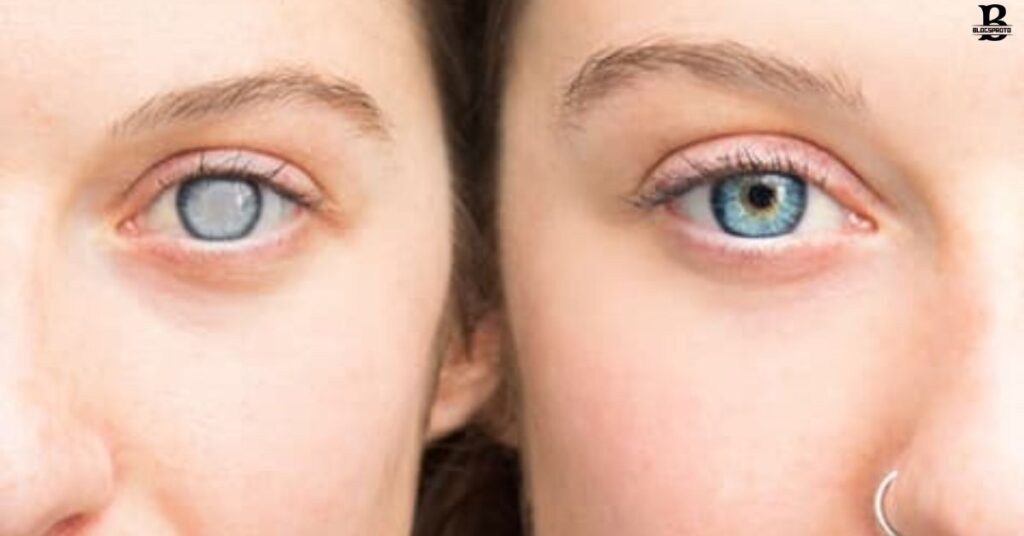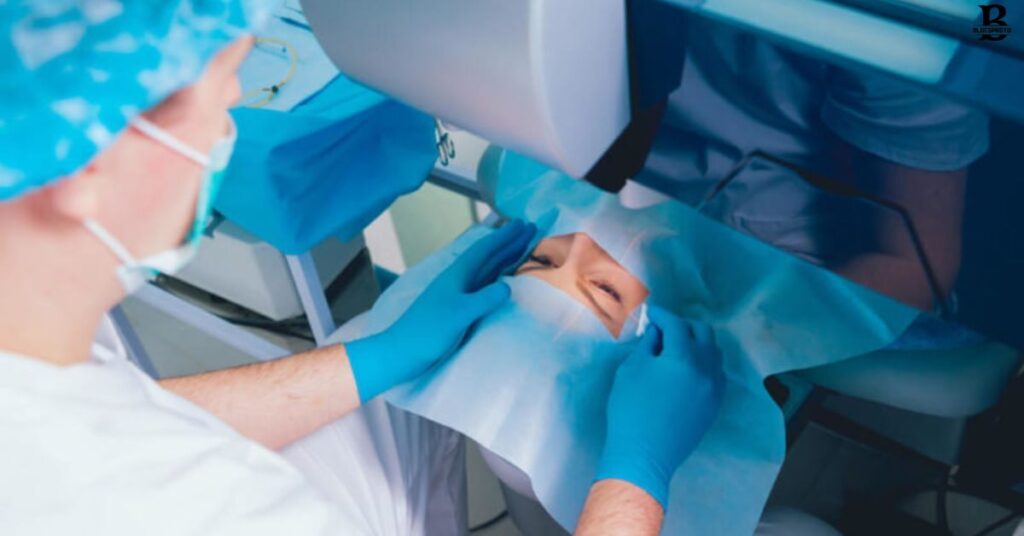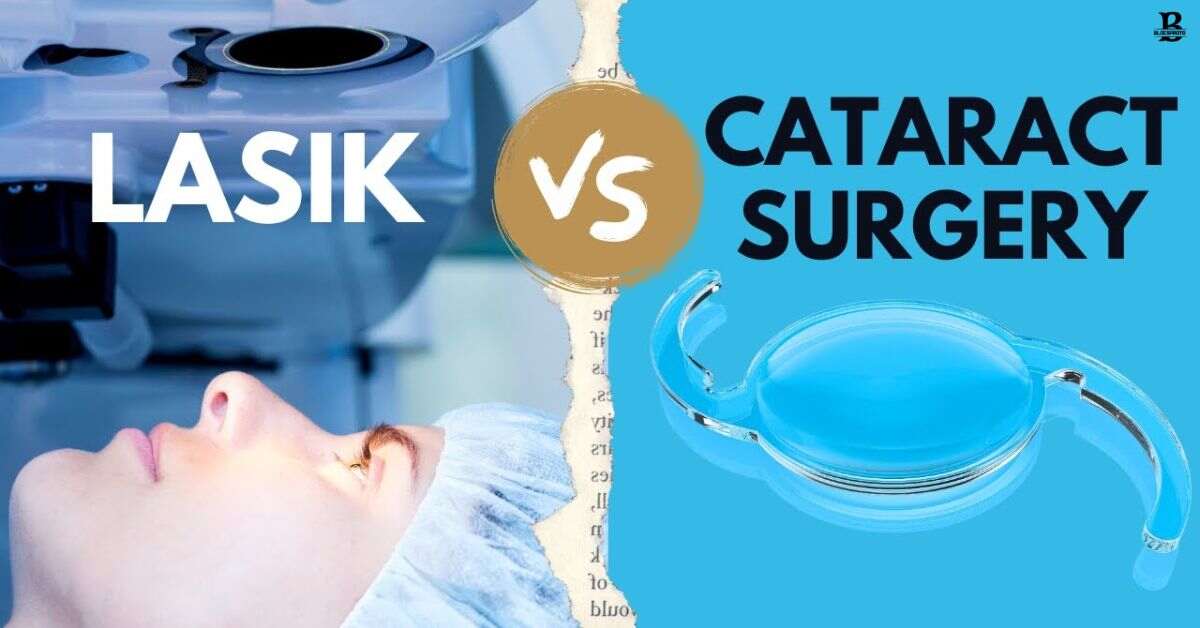Clearing up the disarray among LASIK and waterfall medical procedure is significant for understanding how they vary. LASIK fixes vision by reshaping the cornea, while waterfall medical procedure replaces an overcast focal point with a reasonable one. They have various purposes and systems.
LASIK is for rectifying partial blindness, farsightedness, and astigmatism by changing the cornea’s shape. Waterfall medical procedure is for eliminating overcast focal points brought about by waterfalls. The two medical procedures further develop vision yet tackle different eye issues.
Realizing the qualifications helps in coming to informed conclusions about eye wellbeing. Understanding LASIK and waterfall medical procedures can prompt better decisions for vision revision. It’s fundamental to talk with an eye specialist to decide the best choice for individual necessities.
How does LASIK work?
LASIK, short for Laser-Assisted in Situ Keratomileusis, is a popular procedure for correcting refractive errors such as near-sightedness, farsightedness and astigmatism. During LASIK:
- LASIK represents Laser-Aided Situ Keratomileusis.
- A meager fold is made on the cornea.
- A unique laser eliminates little measures of tissue to reshape the cornea.
- This helps light spotlight appropriately on the retina.
- Further developing vision for partial blindness, farsightedness, and astigmatism.
- The methodology requires around 15 minutes for the two eyes.
- Better vision is many times experienced following a medical procedure.
How Cataract Surgery Works?

Cataract surgery is performed to remove a cloudy lens from the eye and replace it with an artificial lens implant. The procedure involves:
- Waterfall medical procedure replaces shady focal point.
- Methodology goes on around 30 minutes.
- Specialists perform while you’re alert.
- Eye desensitized to forestall torment.
- Shady focal point eliminated, supplanted with clear one.
- Rest and stay away from weighty exercises after a medical procedure.
- Vision works on in couple of days.
Read this blog : Redwood City Chiropractic Therapy: A Holistic Approach to Wellness
Vision Correction
Vision revision further develops visual perception. It fixes issues like myopia or farsightedness. This should be possible through methods like LASIK. Medical procedure or glasses can address these issues. It permits individuals to see all the more plainly and appreciate everyday exercises.
Eyeglasses and contact focal points are normal vision revision techniques. They change the way light enters the eye. Certain individuals settle on a medical procedure for a more long-lasting arrangement. Vision revision works on personal satisfaction for some.
Procedure Duration
Procedure duration varies between LASIK and cataract surgery. LASIK is quick, taking about 15 minutes for both eyes. Cataract surgery, on the other hand, usually lasts around 30 minutes. Despite the difference in time, both surgeries are relatively short.
LASIK involves creating a flap on the cornea and reshaping it with a laser. This precise process contributes to its quick duration. Cataract surgery entails removing the cloudy lens and replacing it with an artificial one, which may take a bit longer.
Recovery Time
Recuperation time after eye a medical procedure is different for everybody. Certain individuals feel far improved rapidly, while others need additional time. Having hazy vision or inconvenience at first is typical. Yet, sit back and relax – these generally disappear soon.For LASIK, the vast majority see better in no less than a little while.
You could have some dryness or tingling, yet it gets better quick. Simply heed your PCP’s guidance for mending.After waterfall medical procedure, your vision might be hazy right away. However, it ought to clear up in a couple of days. Make certain to utilize your eye drops and relax while you mend.
Ideal Candidates

- LASIK: Best for stable vision issues like myopia or astigmatism.
- LASIK: Requires sound eyes and people matured 18 or more.
- Waterfall Medical procedure: Ideal for those with overcast vision because of waterfalls.
- Waterfall Medical procedure: Commonly for more seasoned grown-ups yet can influence more youthful individuals as well.
- Both: Up-and-comers should be solid enough for medical procedure.
- Both: Talk with an eye specialist to decide appropriateness.
- Both: Think about individual eye wellbeing and condition before continuing.
Long-Term Effects
Long-haul impacts of LASIK and waterfall medical procedures can change. After LASIK, many individuals appreciate clear vision without glasses for a long time. Some might require glasses for perusing later on. Waterfall medical procedure frequently gives enduring vision improvement as the fake focal point doesn’t become overcast once more.
It is pivotal to have ordinary eye check-ups after one or the other system. This guarantees the well-being of your eyes over the long haul. In general, the two medical procedures mean to improve your personal satisfaction and proposition a high fulfillment rate.
Read this blog Also: Tuambia Alimentos Revolutionizing the Culinary Landscape
Cost Comparison
When comparing costs, LASIK is generally cheaper than cataract surgery. LASIK typically ranges from $2,000 to $3,000 per eye, while cataract surgery can cost $3,500 to $7,000 per eye.
Insurance often covers cataract surgery but not LASIK, so financing options are available for both. It’s essential to consider the financial aspect along with other factors when deciding between the two procedures.
How Do They Differ?

LASIK and cataract surgery differ in their targets and procedures. LASIK reshapes the cornea to correct refractive errors like nearsightedness, farsightedness, and astigmatism. Cataract surgery, on the other hand, removes a cloudy lens and replaces it with a clear artificial one.
LASIK typically treats both eyes in one session, while cataract surgery is usually done on separate days for each eye. Additionally, LASIK is often not covered by insurance, whereas basic cataract surgery is usually covered. The procedures also vary in cost, with LASIK generally being more affordable.
Are They Ever Used Together?
Yes, LASIK and cataract surgery can be used together. LASIK corrects corneal issues, while cataract surgery replaces cloudy lenses. Sometimes, after cataract surgery, LASIK fine-tunes vision further. However, this is less common now due to improved lens technology.
This combined approach ensures optimal vision outcomes. By addressing different aspects of vision, patients can achieve clearer vision. Yet, advancements in lens technology reduce the need for additional procedures post-cataract surgery.
Frequently Asked Question
What is the primary difference between LASIK and cataract surgery?
LASIK corrects refractive errors by reshaping the cornea, while cataract surgery replaces the clouded lens with an artificial one.
Can LASIK and cataract surgery be performed on the same eye?
Yes, they can be performed on the same eye, but typically at different stages of life and for different purposes.
How long does each procedure take?
LASIK typically takes about 15 minutes for both eyes, while cataract surgery usually lasts around 30 minutes.
What is the recovery time for LASIK and cataract surgery?
Recovery time for LASIK is relatively quick, with most noticing improved vision within a day. Cataract surgery recovery may take a few days, with vision gradually improving over time.
Who are the ideal candidates for LASIK and cataract surgery?
LASIK is suitable for those with stable vision problems like nearsightedness or astigmatism. Cataract surgery is ideal for individuals with cloudy vision due to cataracts.
Conclusion
Distinguishing between LASIK and cataract surgery is crucial for informed vision correction decisions. LASIK reshapes the cornea for refractive errors, while cataract surgery replaces a cloudy lens. Despite some similarities, they differ in procedure and target. LASIK offers quick recovery and long-lasting improvement for nearsightedness, farsightedness, and astigmatism.
Cataract surgery restores clarity from cataracts, mainly in older adults. Understanding differences in duration, recovery, candidates, effects and costs helps choose the best option. Consulting an eye professional is vital for optimal eye health and vision.

Maxwell Brooks, a prolific wordsmith on BlogsProto.com, navigates literary realms with grace. His prose dances through genres, captivating readers with tales that resonate, leaving an indelible mark on the digital literary landscape.











